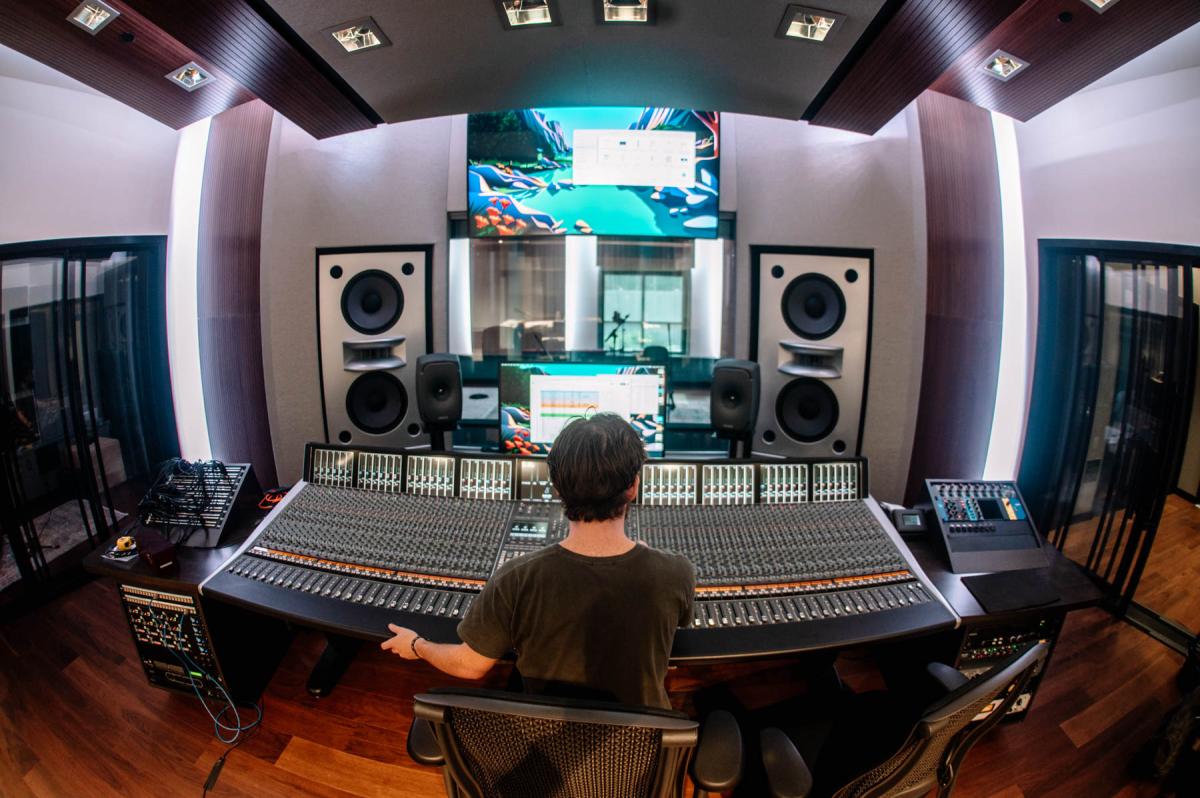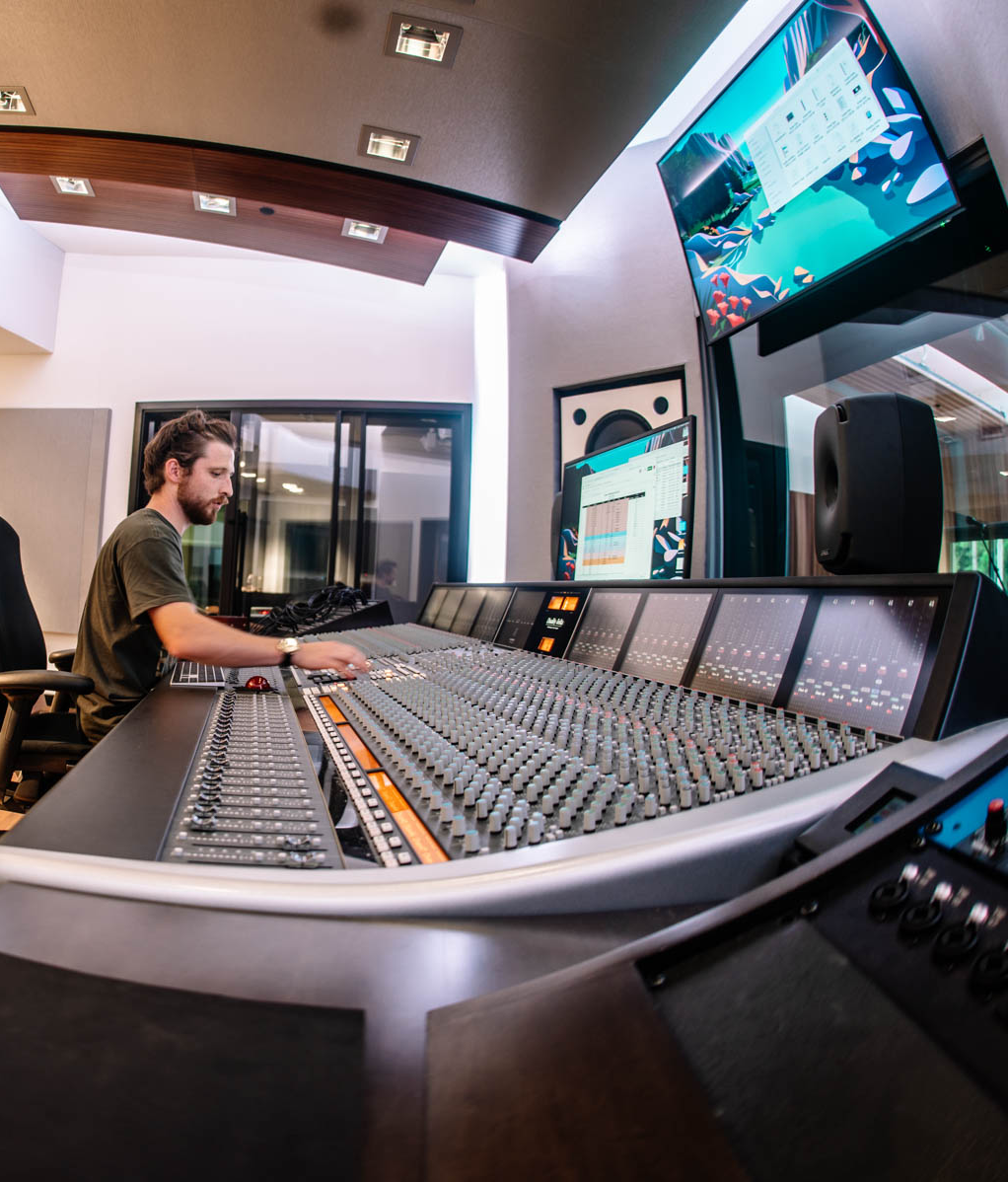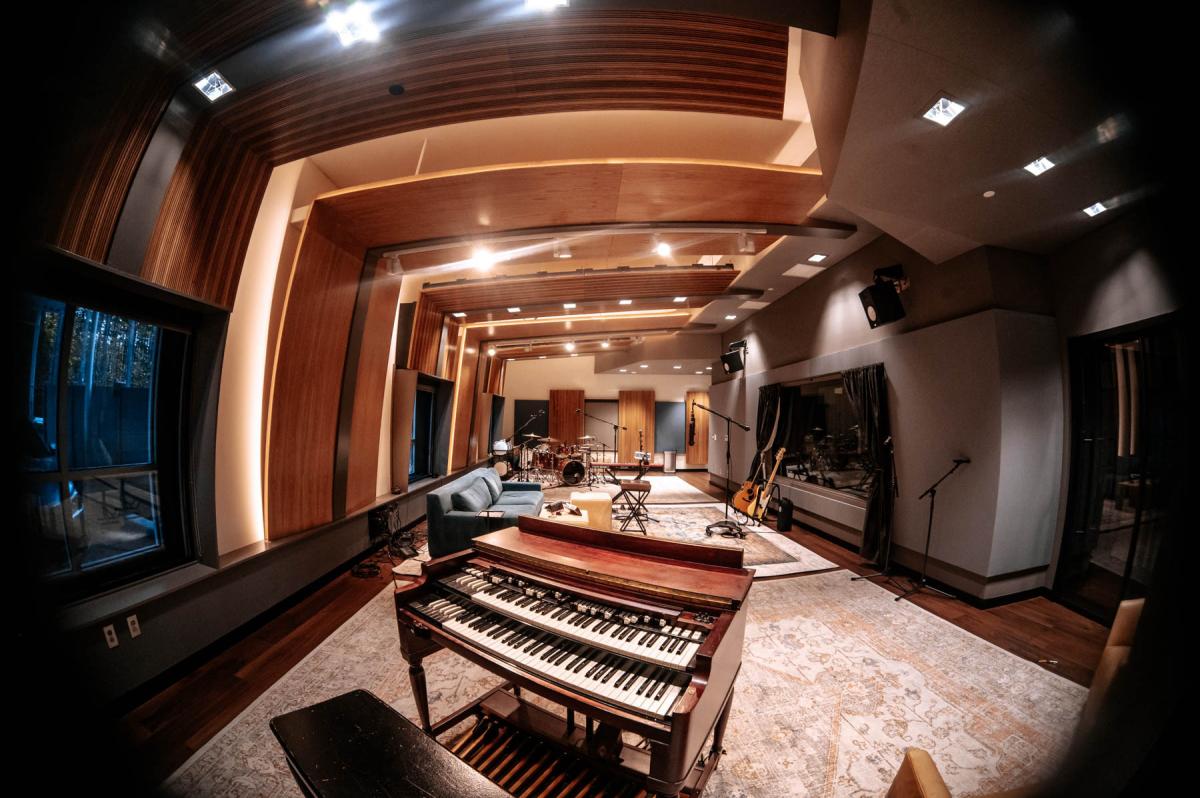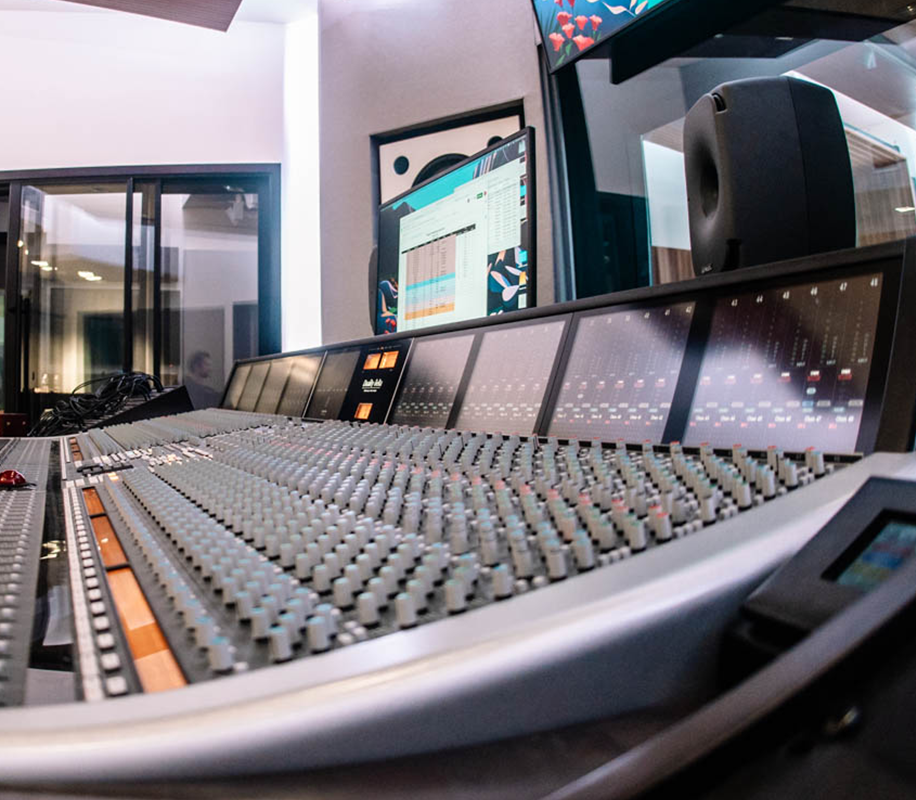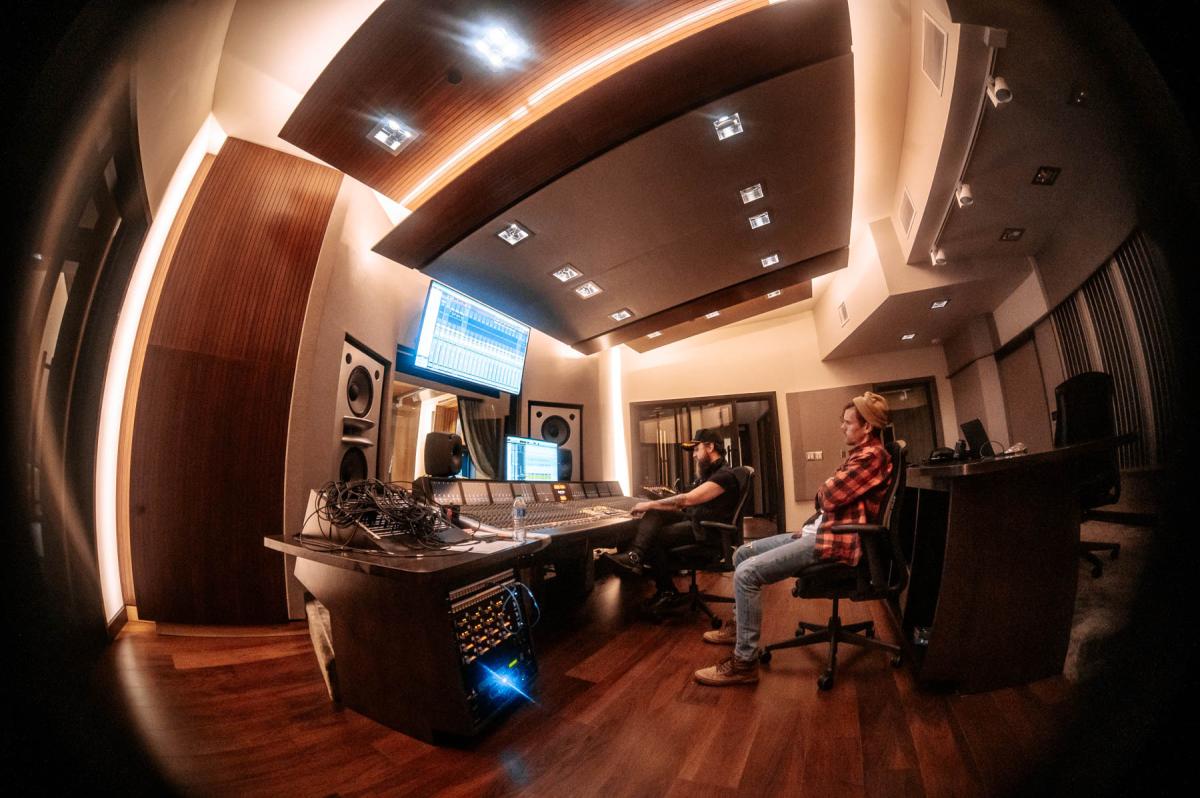Having previously worked on an SSL console, Mix soon narrowed down the choice of desk for the new studio. “The Duality just felt like the best fit for what we do. I love how versatile it is and love the hybrid workflow,” he says. SSL’s δelta-Control software layers DAW control and integration onto the console’s traditional analogue path and signal processing. “Utilizing the hybrid side is super fun and very intuitive. I love that you have that control. We’re doing so much in-the-box, but I wanted to be able to use the mixing console’s faders to control Pro Tools and Logic,” he says, rather than opting for a control surface alternative.
“Once you get to grips with the layout it’s amazing how fast it goes, “he adds. “You can select as many channels as you want in the center section and configure it however you want. Being able to swap out dynamic EQ and filter insert order on any channel strip, individually or at once, is a dream.”
The new facility also includes two DAW-based rooms with patchable outboard gear. “The A room is a traditional tracking room with an SSL console and Augspurger monitors in the walls, so it’s nice and loud,” he says. “With the Duality, everything is so seamlessly normalized from panels to patchbay to console, straight into the Avid MTRX boxes and Pro Tools. The Duality’s mic preamps sound great and the SSL EQs on every channel are game changing for me. That’s my favorite EQ on a console by far. We supplement it with some outboard gear, just for taste, but I love having those EQs on every channel. Plus, it’s a console that can get serviced; it’s not a 50-year-old console where, if it breaks, who knows if it will ever work again,” he says. “All of those things led me to decide to go with the Duality,” Mix says. “It checked all the boxes.”

